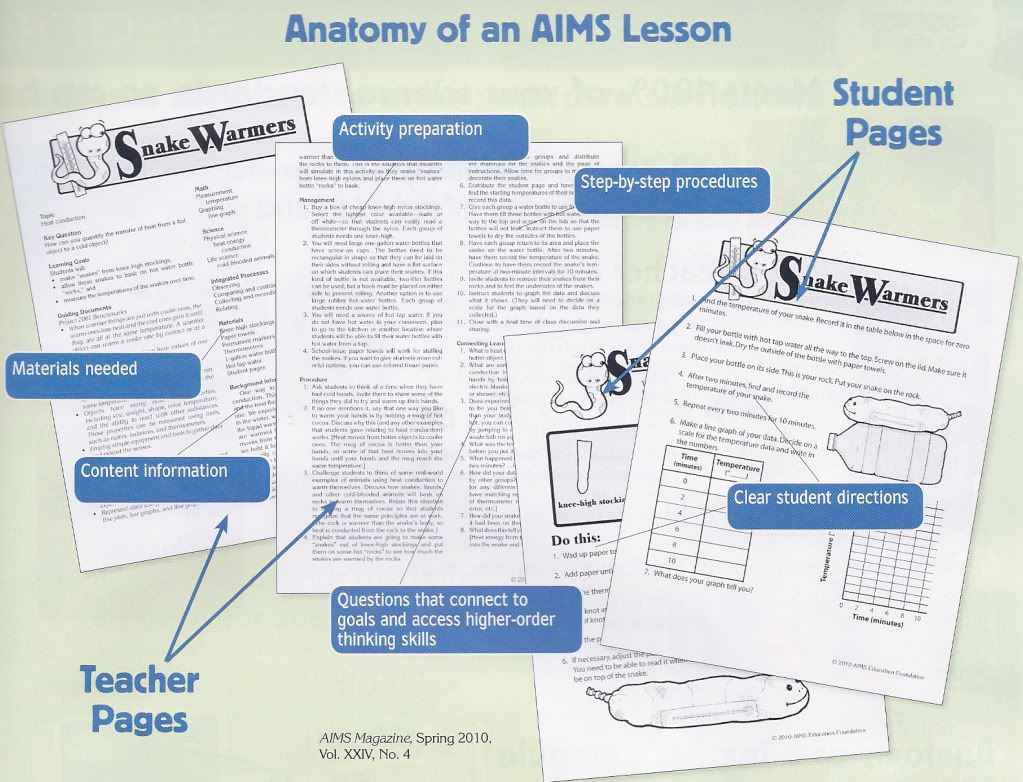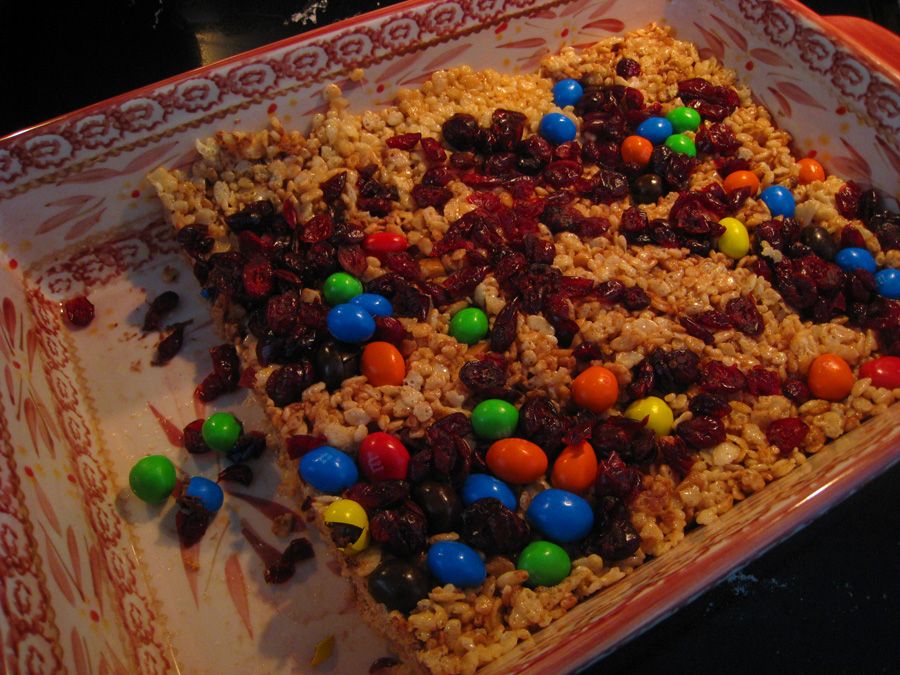The key word in the title is "Earth" as the lessons go beyond just Rocks & Minerals, although that is one of the chapters. Other Chapter headings are:
- Soil
- Water
- Earth Changes
- Resources
- Pollution
After the teacher section are sample pages for student handouts. Some fold up into mini-books while others provide space to collect observations from the activities and could be stored in a three ring binder. There's no need to try and scan these pages--a CD ROM in the back of the book has PDF files of all the handouts. A few lessons had small black & white photos in the book but the PDF files had color photos. I noticed each lesson had a handout page of the Connecting Learning questions but these was no space provided for the student to write an answer.
Schnickelfritz and I tried to of the experiments--"Growing Crystals" and "Many are Metamorphic" for the Rocks & Minerals section (because we already had all the necessary materials on hand). Both were successful, that is we were able to answer the questions based on our observations. I wish the Management and Procedures sections for the crystal growing had had a little more guidance. We were instructed to place a curled pipe cleaner into out supersaturated solution of Epsom salts. I don't know if we needed to have the pipe cleaner standing up out of the solution or if we added too much salts to the water. When we went to observe the crystals, it appeared the pipe cleaner was encased in a solid mass rather than crystals growing on its chenille stem. We could see the texture was finer on the jars placed in cooler spaces-which was the point of the experiment.
We had much better success with "Many are Metamorphic" and honestly we didn't care because we could eat our project afterwards--success or failure. We began by creating a variation of rice crispy treats by adding craisins, toffee chips and M&Ms.
Metamorphic rocks are forms when pre-existing rocks are changed by head and/or pressure. After our treats were completely cooled, Fritz tried to "smash" some with his hands and stepping on them. We ended with a few cracked M&Ms and a little compression. Next we applied heat. The book suggests using an iron but I found our panini maker worked great. Now the changes were dramatic ( they might have been even more so with plain M&Ms instead of the peanut variety).
Note: You need to resist the intense urge to look at the results before they completely cool. Our first attempt stuck to the foil and we couldn't compare anything.
Earth Rocks! is geared toward use in a classroom and I had some concern that it would be filled with "millions of years" rhetoric. I'm pleased to say it is barely mentioned and the few cases I found were in the teacher's section so I could simply omit it from our lessons.
The book is $29.95 in paperback or PDF download format. Most consumable materials can be found in your home. They do recommend rock and mineral kits but we simply studied photos of rocks in the books we had on hand. Others had the opportunity to review other titles so you'll want to be sure and visit the Homeschool Crew blog and see what they think of their products.
Disclaimer: I recieved a free copy of Earth Rocks! for the purposes of completing this review. I recieved no other compensation for my honest opinions.








No comments:
Post a Comment